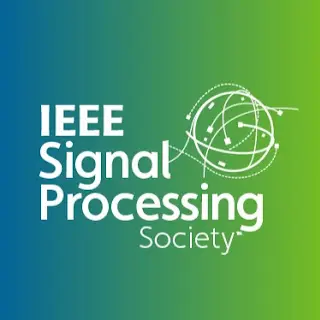Adaptive Metric Learning For Zero-Shot Recognition
Zero-shot learning (ZSL) has enjoyed great popularity in recent years due to its ability to recognize novel objects, where semantic information is exploited to build up relations among different categories. Traditional ZSL approaches usually focus on learning more robust visual-semantic embeddings among seen classes and directly apply them to the unseen classes without considering whether they are suitable.
